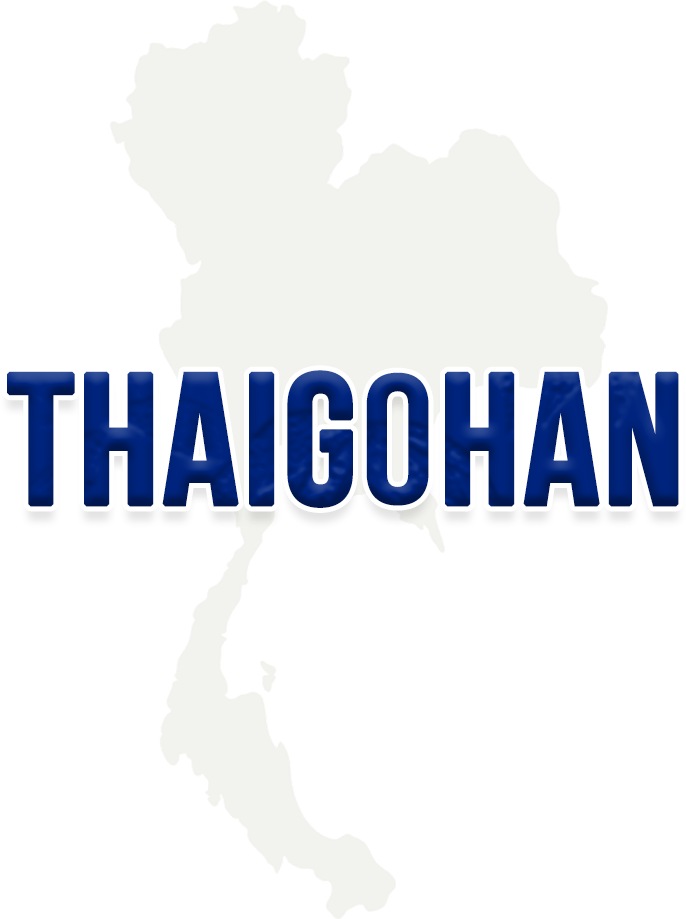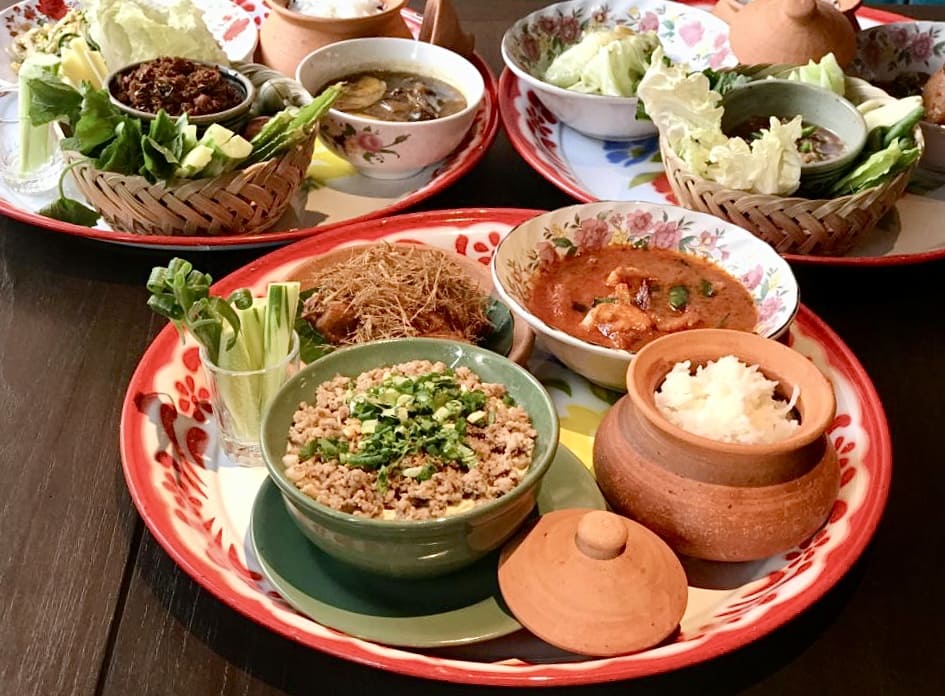How Will Thailand’s Restaurant Industry Change by 2030? Unveiling the Future of the Gourmet Market

Thailand’s restaurant industry has been closely tied to the country’s thriving tourism sector, experiencing significant growth over the past few decades. In major tourist destinations such as Bangkok and Phuket, restaurants and cafes targeting foreign tourists have been opening up at a rapid pace, offering a diverse range of cuisines beyond just traditional Thai dishes. This article analyzes the future of Thailand’s restaurant industry by 2030, considering the impact of tourism development, changing consumer trends, and technological advancements, while exploring the potential for market growth.
目次
- 1. Current State and Growth Trends in Thailand’s Food and Beverage Market
- 2. The Impact of Tourism Development on the Restaurant Industry
- 3. Changing Consumer Trends Toward 2030
- 4. The Future of the Restaurant Industry with Technological Advancements
- 5. Challenges Facing Thailand’s Restaurant Industry
- 6. Conclusion: The Future of Thailand’s Gourmet Market by 2030
1. Current State and Growth Trends in Thailand’s Food and Beverage Market
Thailand’s food and beverage market is currently seeing sustained growth, driven by increasing demand from both domestic and international tourists. In major tourist areas like Bangkok and Phuket, options range from street food stalls to high-end restaurants, attracting visitors from around the world. The growth rate of the restaurant industry in the 2020s is expected to reach 5-7% annually, with foreign tourists being the primary consumer base.
By 2030, the Thai government plans to increase the number of tourists to 100 million, a goal that is expected to significantly impact the food and beverage market. As the tourism industry continues to grow, demand for new restaurants and dining facilities will rise, and new opportunities will also emerge in local cities and resort areas.
2. The Impact of Tourism Development on the Restaurant Industry
Thailand’s tourism industry has seen rapid development over the past decades and is expected to continue growing. Particularly notable is the increase in tourists from Asia, a trend that is likely to intensify by 2030. In response, new restaurants and cafes targeting foreign tourists are expected to open, and existing establishments will need to diversify their services and expand their menus.
Moreover, the development of tourism in regional cities and resorts across Thailand is expected to lead to an increase in dining establishments in these areas. For example, in popular tourist destinations like Chiang Mai and Krabi, restaurants and cafes that highlight local characteristics are gaining popularity, and this trend is likely to continue. Providing menus and services that leverage the unique features of each tourist destination will enhance visitor satisfaction and contribute to the overall expansion of the market.
3. Changing Consumer Trends Toward 2030
Looking ahead to 2030, health consciousness and ethical consumption are expected to be key consumer trends. Globally, there is a growing focus on health, and in Thailand, interest in vegan, vegetarian, and organic food options is rising. In response to these consumer needs, it is anticipated that more restaurants will offer these types of menus.
Additionally, ethical consumption trends are expected to strengthen by 2030, with sustainable practices becoming a focal point for restaurants. Initiatives such as reducing plastic waste and offering menus that feature locally sourced ingredients will be important for gaining consumer support. As a result, Thailand’s restaurant industry will achieve sustainable growth, but will also need to address new challenges to remain competitive.
4. The Future of the Restaurant Industry with Technological Advancements
By 2030, technological advancements are expected to bring significant changes to Thailand’s restaurant industry. One example is the emergence of smart restaurants that leverage AI (Artificial Intelligence) and IoT (Internet of Things) technologies. In these establishments, processes from ordering to cooking and payment will be automated, allowing for more efficient operations. Additionally, digital menus and robot waiters will be introduced, offering customers a new dining experience.
Furthermore, VR (Virtual Reality) technology is anticipated to make remote dining experiences possible by 2030. This will allow people from distant locations to enjoy authentic Thai cuisine, creating new business opportunities targeting overseas customers. Additionally, advancements in delivery services and mobile ordering will be crucial in ensuring that consumers can easily enjoy high-quality meals.
5. Challenges Facing Thailand’s Restaurant Industry
Despite the anticipated growth, Thailand’s restaurant industry will face several challenges leading up to 2030. One significant issue is the environmental impact associated with the increasing number of tourists. Waste management and sustainable sourcing of ingredients will become critical, requiring industry-wide efforts to address these challenges. This includes initiatives to reduce plastic use and combat food waste, where collaboration across the industry will be essential.
Another major risk for the restaurant industry is the instability in ingredient supply caused by climate change. Thailand, as an agricultural nation, is particularly vulnerable to the impacts of climate change. To mitigate these risks, the agricultural sector and the restaurant industry will need to work together to promote sustainable agriculture and develop new ingredients.
Moreover, with intensifying competition, it will be crucial to develop unique marketing strategies and enhance brand value that are not influenced by other countries. By doing so, Thailand’s restaurant industry can respond to diverse market needs while maintaining competitiveness.
6. Conclusion: The Future of Thailand’s Gourmet Market by 2030
Looking ahead to 2030, Thailand’s restaurant industry is expected to experience significant growth driven by tourism development, changing consumer trends, and technological advancements. By catering to consumer needs that prioritize health and sustainability, the restaurant industry will achieve sustainable growth.
However, the industry is also expected to face challenges such as increased environmental impacts and the instability of ingredient supply due to climate change, which will require strategic solutions. Over the next decade, Thailand’s food and beverage market will be filled with new challenges and opportunities, demanding innovative approaches to continue captivating tourists and locals alike.
As Thailand’s restaurant industry evolves towards 2030, its diversity and vibrancy will continue to captivate people from around the world.
(Photo by Unsplash.com)




